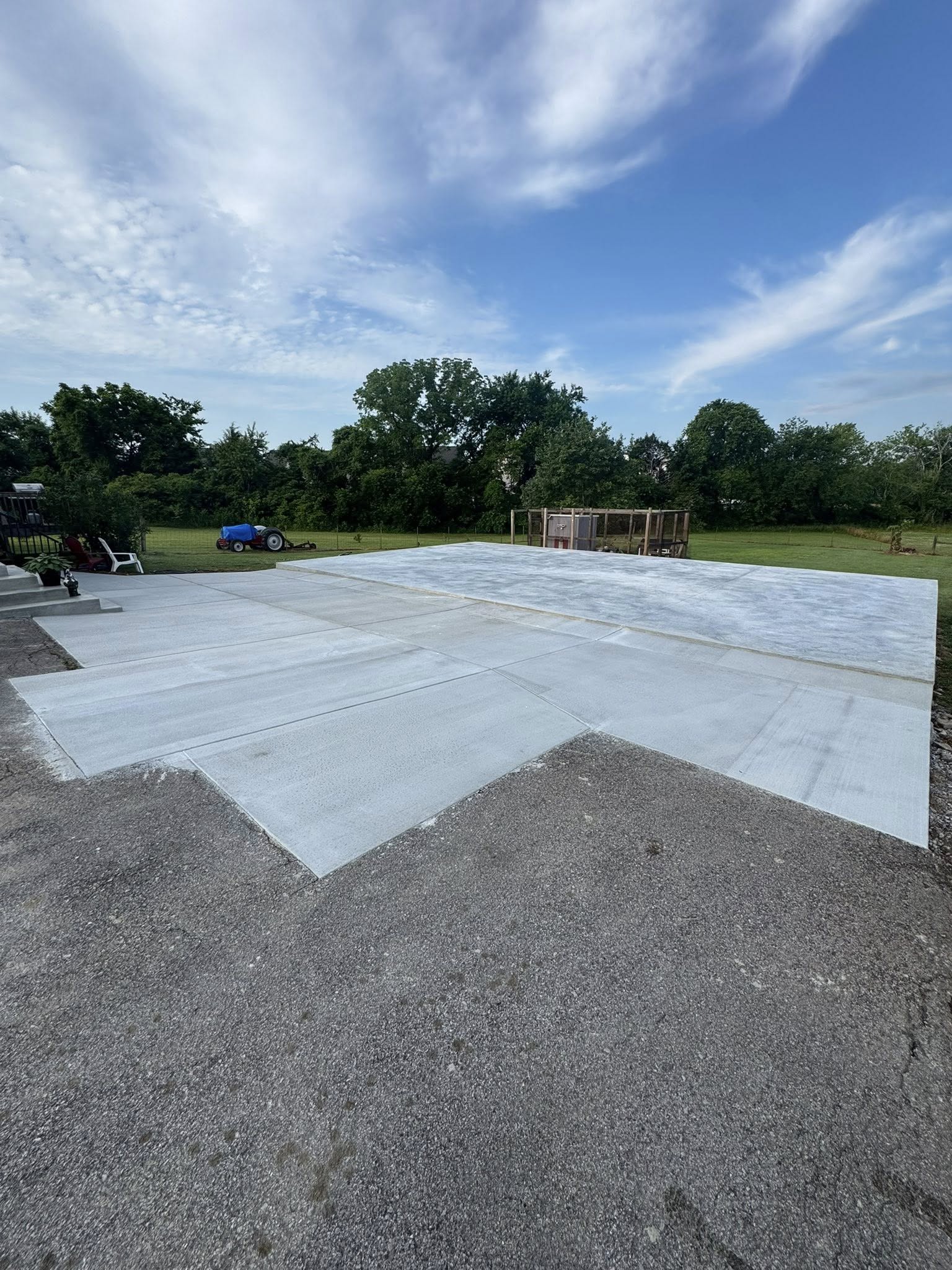
The Role of Concrete in Sustainable Building Design Oct 22, 2025
Concrete is a durable, versatile, and cost-effective building material. It boasts high thermal mass, which means it has the ability to store and slowly release heat. This property makes concrete ideal for reducing energy consumption in buildings. During the daytime, concrete absorbs excess heat, keeping interiors cooler, and releases it at night as temperatures drop, maintaining a stable indoor climate. This temperature regulation significantly reduces the need for air conditioning and heating, leading to lower energy bills and a smaller carbon footprint.
Moreover, concrete is an incredibly durable material, contributing to the longevity of structures. Buildings that last longer require fewer resources for repair and replacement, making concrete an economically sound and environmentally friendly choice. The need for fewer resources over time directly correlates with less waste, positioning concrete as an ideal material for sustainable architecture.
Recycling is another aspect where concrete contributes to sustainability. Old concrete can be crushed and reused as aggregate for new concrete mixtures, reducing the need for raw materials. At Concrete By Bryce, we prioritize sustainable practices by incorporating recycled aggregate into our projects. This not only diminishes waste but also reduces the consumption of raw resources, supporting the principle of a circular economy.
Concrete's flexibility also allows for various sustainable design techniques, including precast concrete panels and insulating concrete forms (ICFs). Precast concrete panels can be manufactured in a controlled environment, resulting in less waste and increased efficiency. Similarly, ICFs provide excellent insulation properties, leading to significant reductions in a building's heating and cooling demands.
There are also significant developments in green concrete technology, which replace some traditional concrete components with more sustainable materials. For instance, fly ash, a byproduct of power plants, can replace some of the Portland cement content, reducing the carbon emissions associated with concrete production. Additionally, new types of admixtures and alternative binders are being developed to further lower concrete's environmental impact.
Incorporating green roofing and wall systems with concrete can also enhance a building’s sustainability. These systems support vegetation, reduce rainwater runoff, and improve insulation, achieving higher energy efficiency. Concrete’s load-bearing capabilities make it an ideal material to support such systems, fostering greener urban environments.
Overall, the role of concrete in sustainable building design is multifaceted, making it a wise choice for modern construction projects. By opting for concrete, you are contributing to a more sustainable world. At Concrete By Bryce, we are dedicated to delivering concrete solutions that align with sustainable building principles. As you plan your next project, consider the long-term environmental benefits and energy savings that concrete can provide. Embrace concrete for durability, economic efficiency, and environmental consciousness, and you’ll be contributing positively to sustainable development.
/filters:no_upscale()/filters:format(webp)/media/c09a872a-46ae-4b13-9ebd-26752af3c9b2.jpeg)